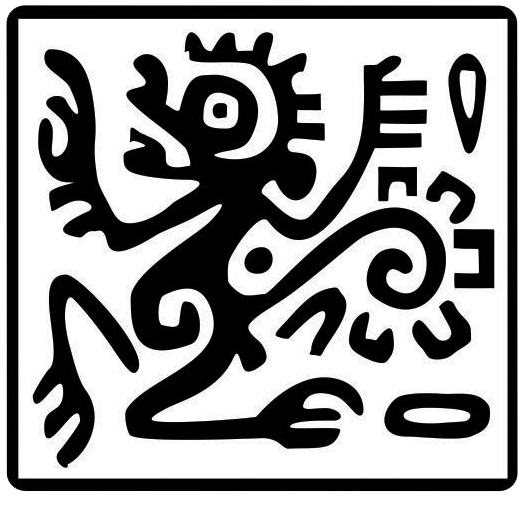Abnormal tooth and home range size of a male tayra (Eira barbara) in Atlantic Rain Forest, South Brazil
Abstract
The study of dental abnormalities in mustelids has allowed identifying and describing pathologies of species distributed in different habitats and continents. These analyses have been carried out in dead animals. Through a noninvasive survey, we found a Neotropical mustelid in situ with a dental abnormality. We take advantage of this characteristic to obtain ecological information about the species. We describe the camera trap records of a free-living male tayra (Eira barbara) from South Brazil with an overdeveloped upper left canine; we used this feature to identify the specimen and recapture it individually. Through the analysis of the Kernel density estimation, we calculated his home range size. We reviewed skulls of tayra in search of dental abnormalities. The male tayra were recaptured in 5 camera stations within the Floresta Nacional de São Francisco de Paula (FLONA-SFP) on 11 different occasions during 7 months (from March to September of 2012), its home range size was 4.79 km2. We found differences in the number of molars in the mandible in two of the five skulls that we reviewed. Apparently, the abnormal canine has not interfered with the eating habits of the tayra, who has reached adulthood. This tayra could occupy an area outside our survey polygon within the FLONA-SFP; his home range size could be more extensive than we reported.
Copyright (c) 2021 Therya Notes

This work is licensed under a Creative Commons Attribution-NonCommercial-NoDerivatives 4.0 International License.
THERYA NOTES is based on its open access policy allowing free download of the complete contents of the magazine in digital format. It also authorizes the author to place the article in the format published by the magazine on your personal website, or in an open access repository, distribute copies of the article published in electronic or printed format that the author deems appropriate, and reuse part or whole article in own articles or future books, giving the corresponding credits. The Creative Commons CC BY-NC-SD license is used.![]()










